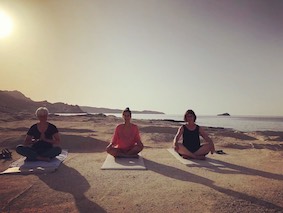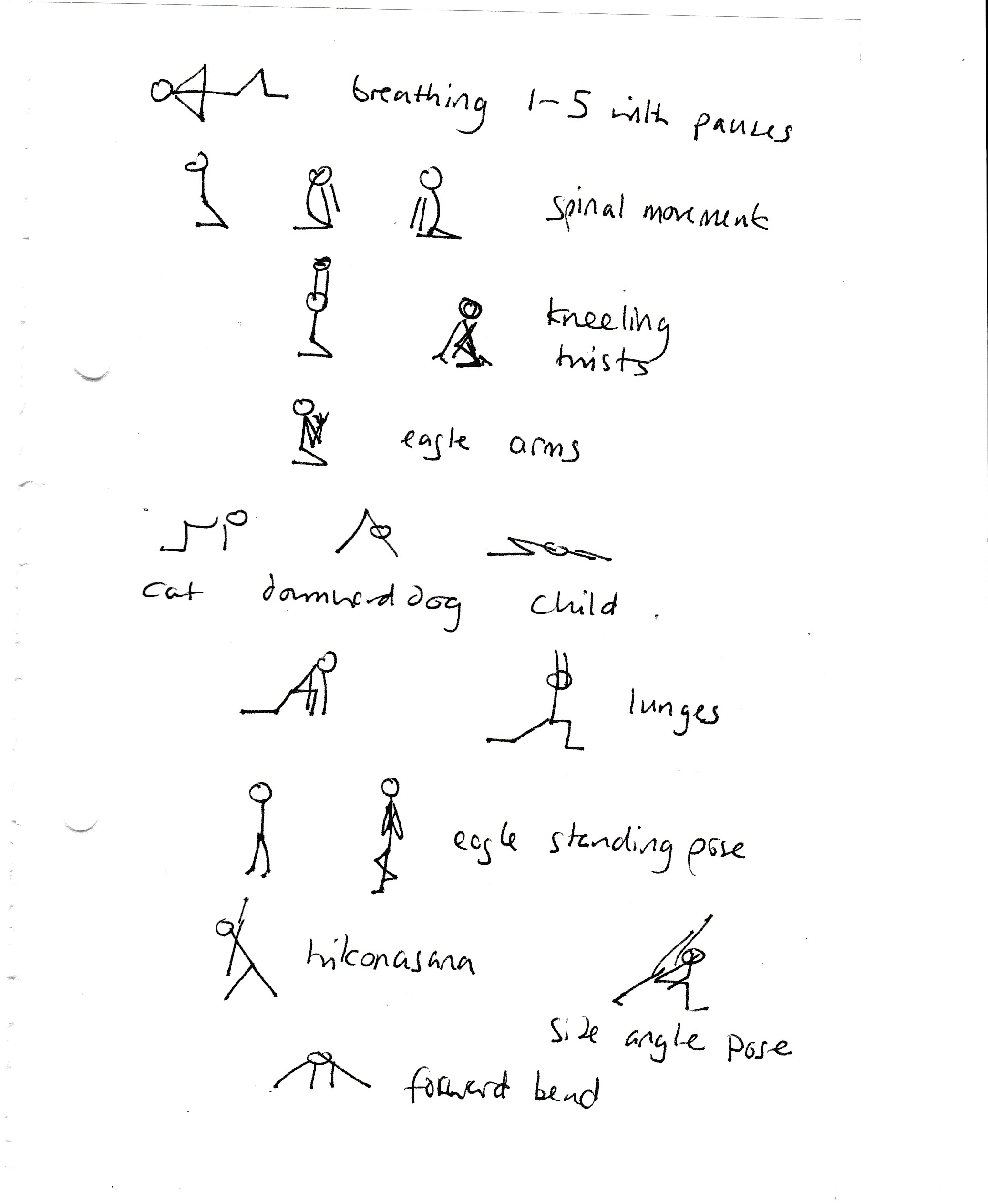Published: Jun 15, 2018 by Lucy Tennyson
Sore muscles can come about as the result of any new or unaccustomed activity, and that’s just what happened to me by overdoing the kayaking on holiday in Greece.
I turned to the NHS website for help, which has a section on post-workout soreness, medically known as ‘delayed onset muscle soreness’ ( DOMS). This shows up the next day after exercising regardless of fitness level. This type of muscle stiffness or achiness is normal, doesn’t last long, and is actually a sign of your improving fitness – so don’t let it put you off carrying on. It’s very different from the acute, sudden and sharp pain of an injury, such as muscle strains or pulls.
When muscles are asked to work harder than they’re used to or in a different way, it’s believed to cause microscopic damage to the muscle fibres, resulting in muscle soreness or stiffness. The soreness is part of an adaptation process that leads to greater stamina and strength as the muscles recover and build. Recovery usually takes between 3 and 5 days. (If pain for discomfort continues, then seek medical advice).
Initial rest and massage are two good things to do. But interestingly, stretching – doing yoga for example – won’t prevent DOMS. It will have other benefits, of course such as improving flexibility, promoting good relaxation and sleep, and preventing stiffness, as well as possibly improving circulation and hence recovery.
I joined a yoga class on the beach after my last day of kayaking (see photo!) but I did feel very stiff the next day. What seemed to help in subsequent days was gentle moving yoga rather than deep stretches.

You can exercise with DOMS, although it may feel uncomfortable to begin with. The soreness should go away once your muscles have warmed up. The soreness will mostly likely return after exercising once your muscles have cooled down. If you find it hard to exercise, you could rest until the soreness goes away. Alternatively, you could focus on exercises targeting less affected muscles to allow the most affected muscle groups time to recover.
And next time you perform the same activity or exercise at the same intensity, there’ll be less muscle tissue damage, less soreness, and a faster recovery.
Please find below a reminder of our class this week:
